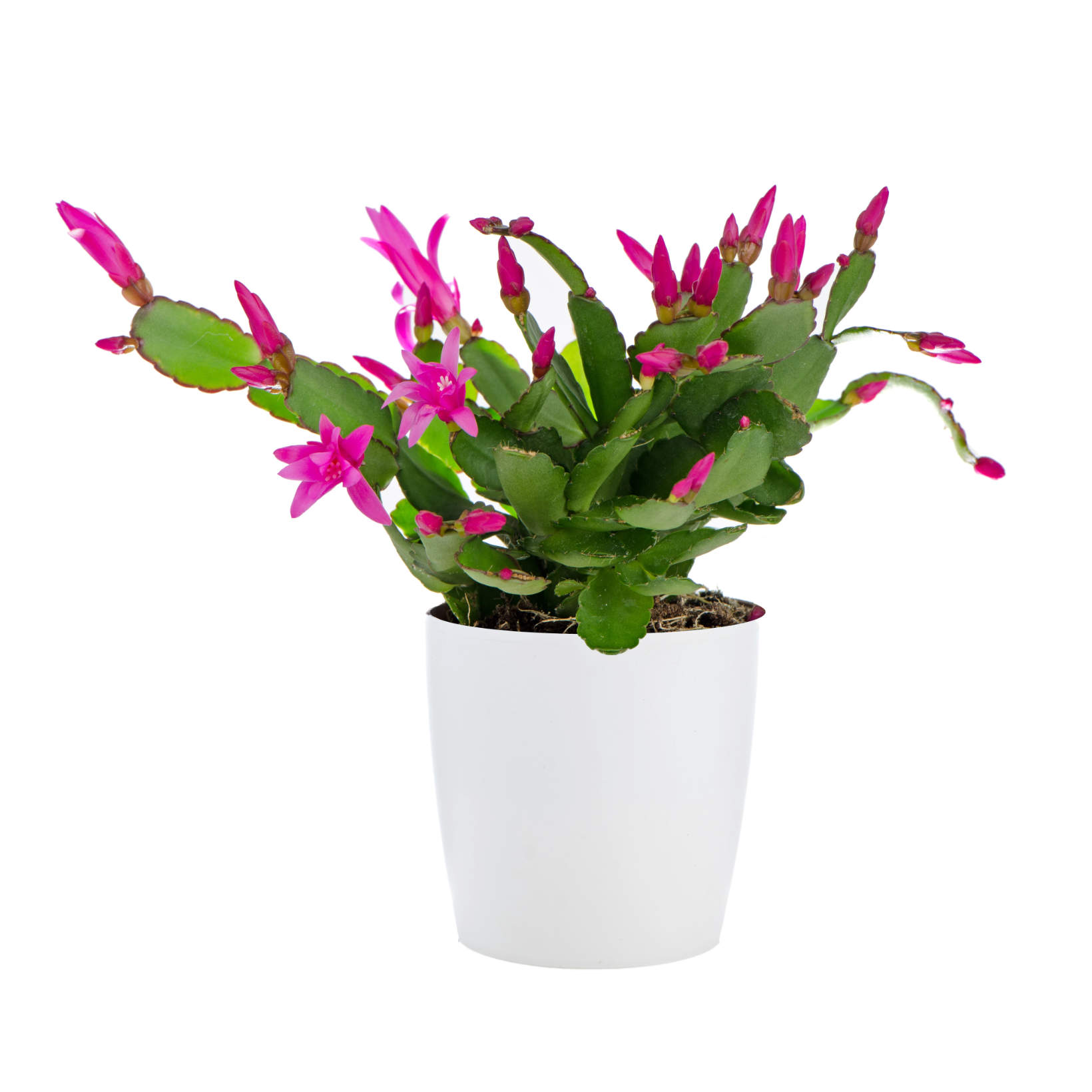Epiphytic Cacti
Epiphytic cacti challenge what you might expect from the cactus family. Instead of growing in dry deserts, these plants thrive high in trees or on rocky surfaces, drawing moisture from the air and rain. You discover that epiphytic cacti grow without soil, adapting to humid forests rather than arid landscapes. Their unusual form and growth habits make them both fascinating and easy to care for indoors.
You see them trailing gracefully from hanging baskets or clinging to bark and moss, adding texture and interest to any space. Genera such as Rhipsalis, Epiphyllum, and Selenicereus include species known for their long stems and striking flowers. With the right light and humidity, you can enjoy their blooms and unique shapes year after year.
Key Takeaways
- Epiphytic cacti grow on trees or rocks instead of in soil.
- They belong to the cactus family but prefer humid, shaded environments.
- You can grow them indoors with proper light, moisture, and support.
What Are Epiphytic Cacti?
Epiphytic cacti grow on trees or rocks rather than in soil. They absorb moisture and nutrients from the air and rain, making them well suited for humid, shaded environments. These plants differ from desert cacti in structure, habitat, and care needs.
Definition and Distinguishing Features
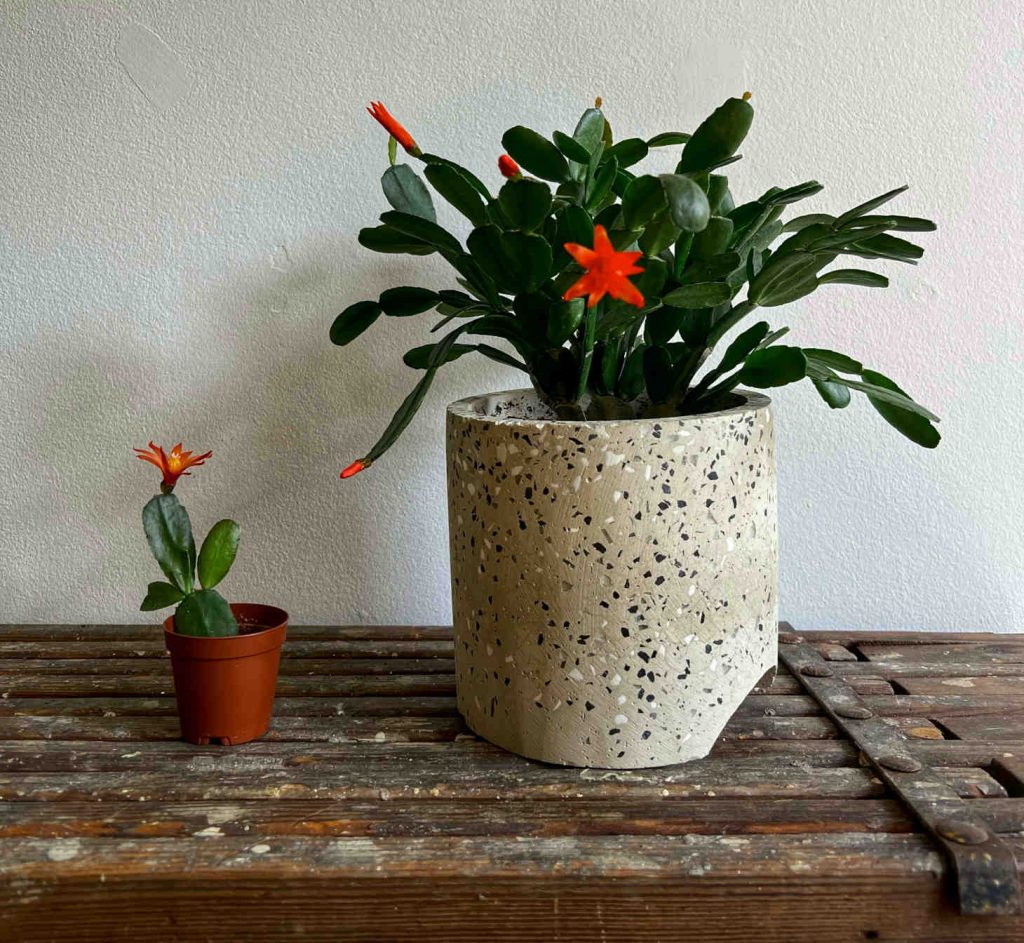
Epiphytic cacti are a type of epiphyte, meaning they grow on other plants for physical support rather than nourishment. They belong to the cactus family (Cactaceae) and include genera such as Rhipsalis, Schlumbergera, Disocactus, Hylocereus, and Weberocereus.
Unlike desert cacti, they often have flattened or trailing stems instead of thick, spiny columns. Their stems store some water but are more flexible and thinner. Many lack sharp spines and instead have small hairs or bristles.
You can recognize them by their hanging growth habit and bright, tubular flowers that attract pollinators like hummingbirds and moths. Because they grow in shaded forest canopies, they tolerate lower light levels and prefer higher humidity than most cacti.
| Feature | Epiphytic Cacti | Desert Cacti |
|---|---|---|
| Habitat | Trees, rocks (humid forests) | Ground (arid deserts) |
| Stems | Thin, trailing, often flat | Thick, upright, spiny |
| Light | Indirect, filtered | Full sun |
| Roots | Clinging, aerial | Deep, soil-based |
Epiphytic Adaptations Compared to Desert Cacti
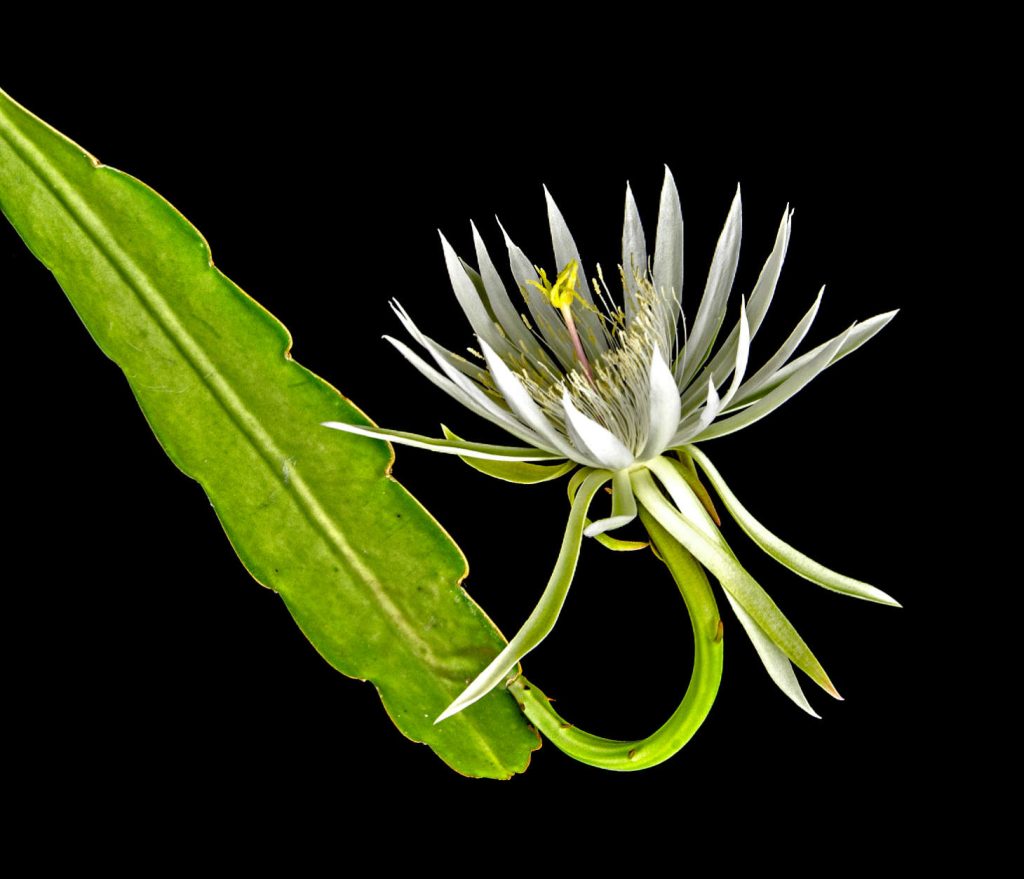
You will notice that epiphytic cacti have evolved to live without soil. Their roots act as anchors, attaching to bark or rock surfaces rather than digging into the ground. These roots absorb moisture from rain, mist, and organic debris that collects around them.
Their stems contain a waxy coating that helps retain water but remains thinner than those of desert species. Because they live in shaded forests, they rely on broad, flattened stems to capture light efficiently.
Epiphytic cacti also use photosynthesis through their stems like other cacti, but they manage water differently. Instead of storing large reserves, they depend on frequent rainfall and humid air. This adaptation allows them to thrive in tropical conditions where water is abundant but soil is limited.
Origins and Natural Habitats
Epiphytic cacti are native to Central and South America, especially in rainforest regions of Brazil, Mexico, and Costa Rica. They thrive at various elevations, often where mist and high rainfall are common.
You can find them clinging to tree branches, mossy trunks, and rocky cliffs. Their environment provides filtered light, steady moisture, and good air circulation. These conditions shape their growth patterns and care needs when grown indoors.
In their natural habitats, they form part of a larger ecosystem with ferns, orchids, and mosses. Each plant competes for space and light but not soil nutrients. This lifestyle makes epiphytic cacti unique within the cactus family, showing how flexible and diverse cacti can be.
Key Genera and Popular Species
Epiphytic cacti include several distinct genera that grow on trees or rocks rather than in soil. You’ll find differences in flower size, stem shape, and growth habits, but they all share a need for filtered light, good air circulation, and regular moisture.
Epiphyllum and Orchid Cactus
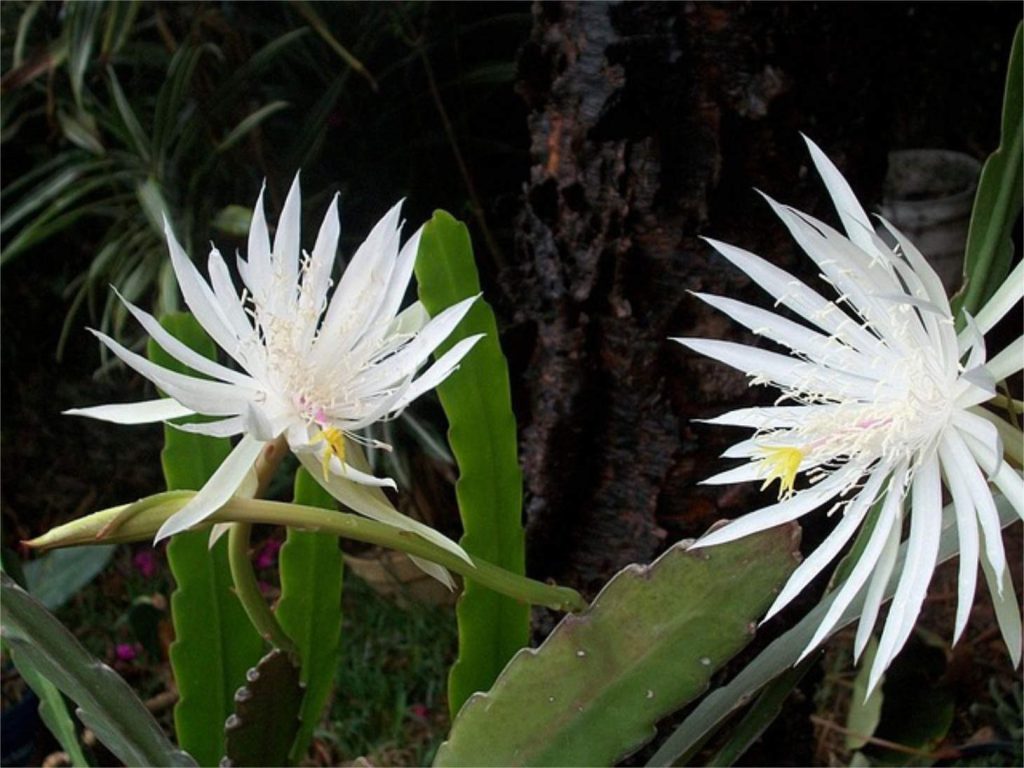
Epiphyllum, often called orchid cactus or climbing cactus, includes species known for their large, fragrant blooms. These plants grow naturally in Central and South American rainforests.
Common species include:
| Species | Common Name | Notable Feature |
|---|---|---|
| Epiphyllum oxypetalum | Queen of the Night | Large white flowers that open at night |
| Epiphyllum hookeri | Hooker’s Orchid Cactus | Long stems and white flowers |
| Epiphyllum chrysocardium | Golden Heart Cactus | Deeply lobed stems |
| Epiphyllum pumilum | Miniature Orchid Cactus | Smaller flowers, compact growth |
You can grow these plants in hanging baskets or mounted on bark. They prefer bright, indirect light and high humidity.
Rhipsalis and Its Varieties
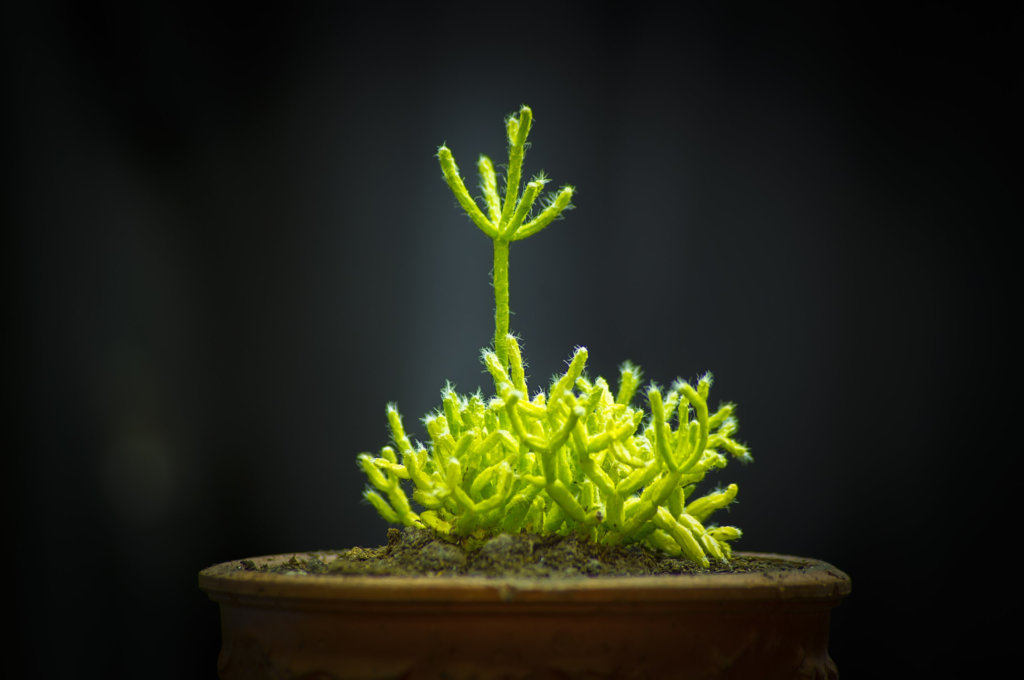
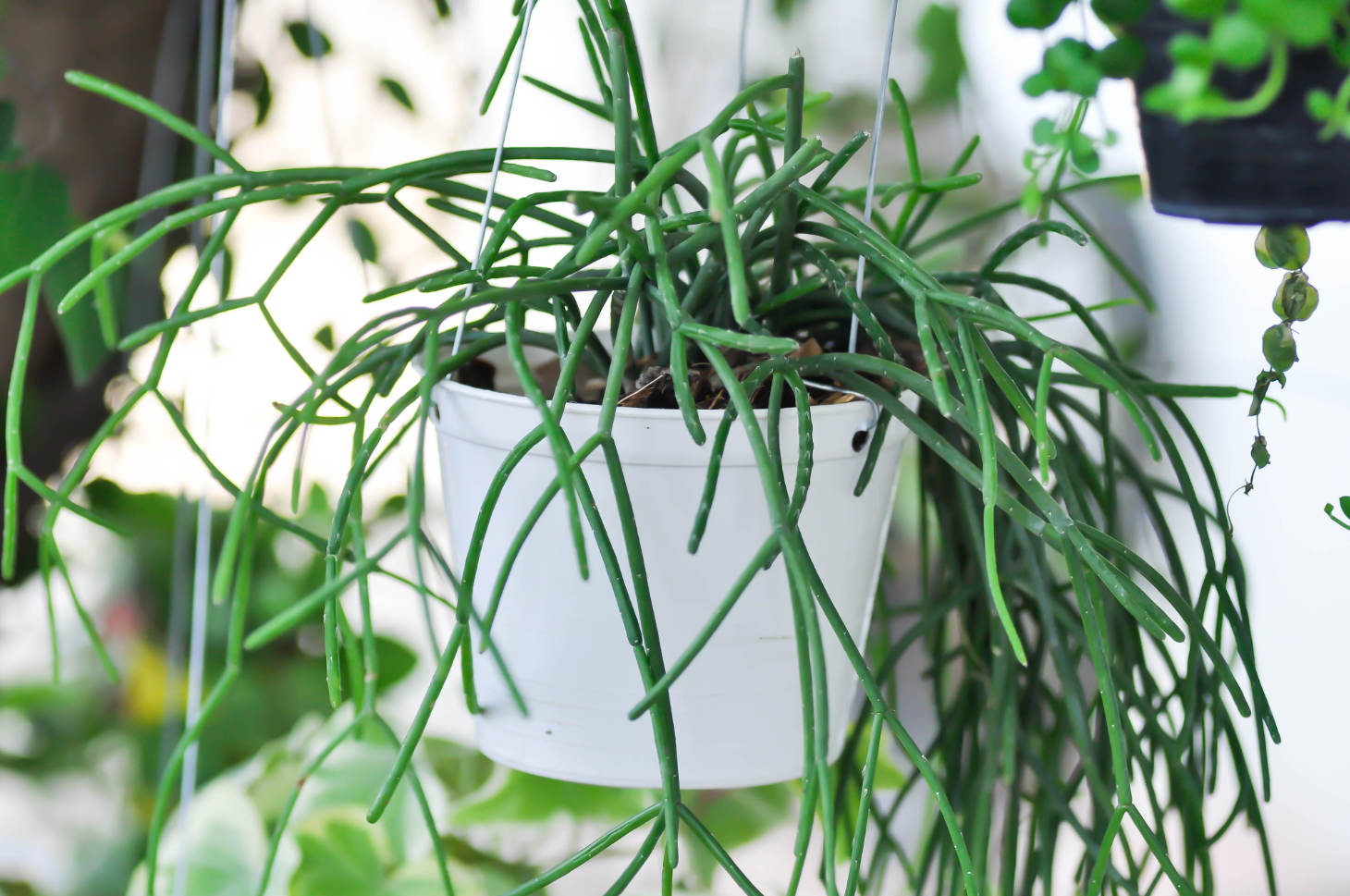
Rhipsalis is the only cactus genus with a native distribution extending outside of the Americas, with one species found in parts of Africa and the Indian Ocean islands. It includes more than 60 species, such as Rhipsalis elliptica, that grow as hanging or trailing plants.
These cacti have slender, jointed stems and often form cascading shapes. They work well in hanging pots where their stems can drape freely.
Rhipsalis species produce small white or pink flowers followed by berry-like fruits. They thrive in moderate light and consistent moisture. Keep them out of direct sun, which can scorch their stems.
Because of their soft appearance and easy care, Rhipsalis species are popular for indoor growing and terrariums.
Schlumbergera and Holiday Cacti
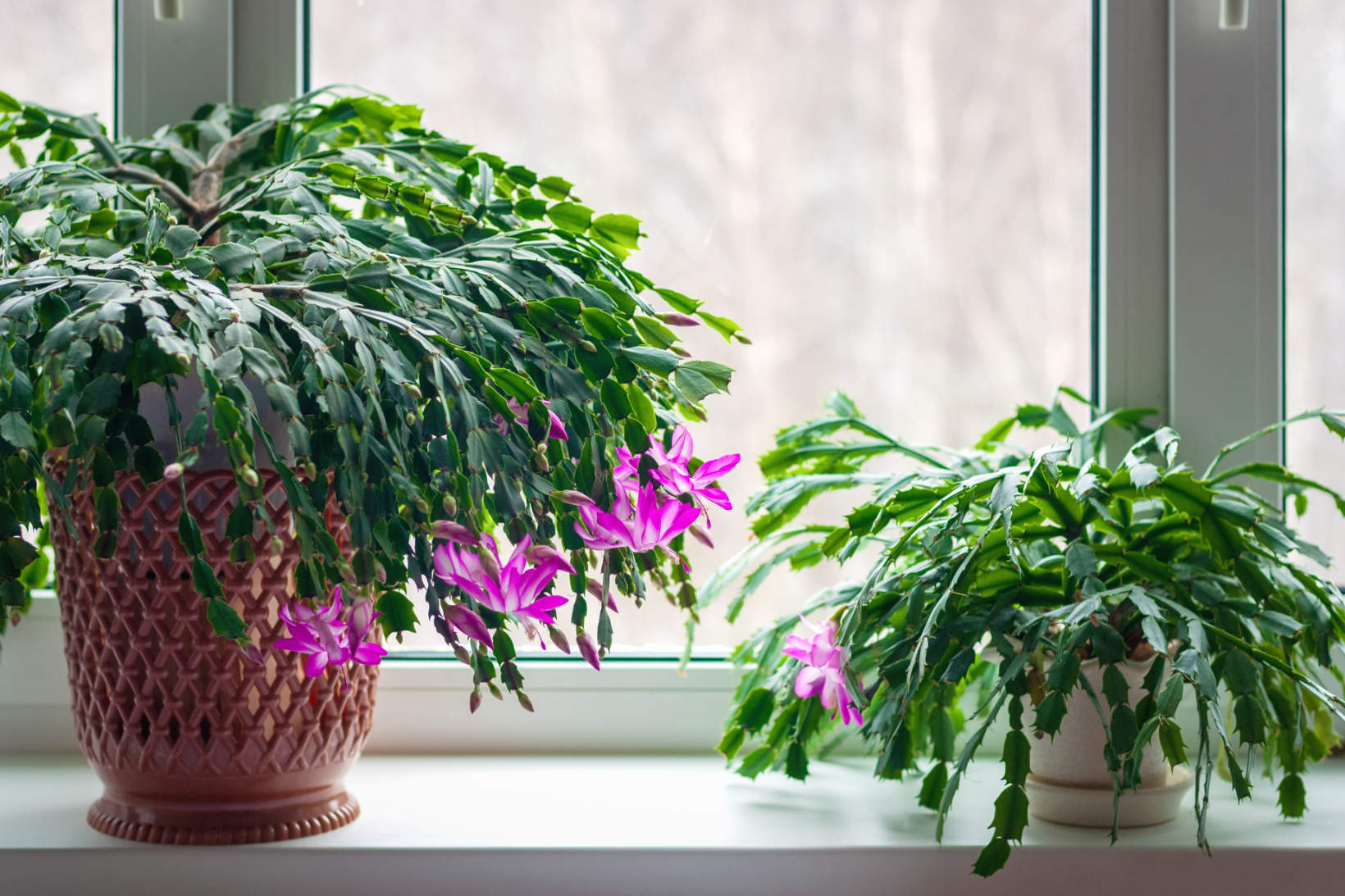
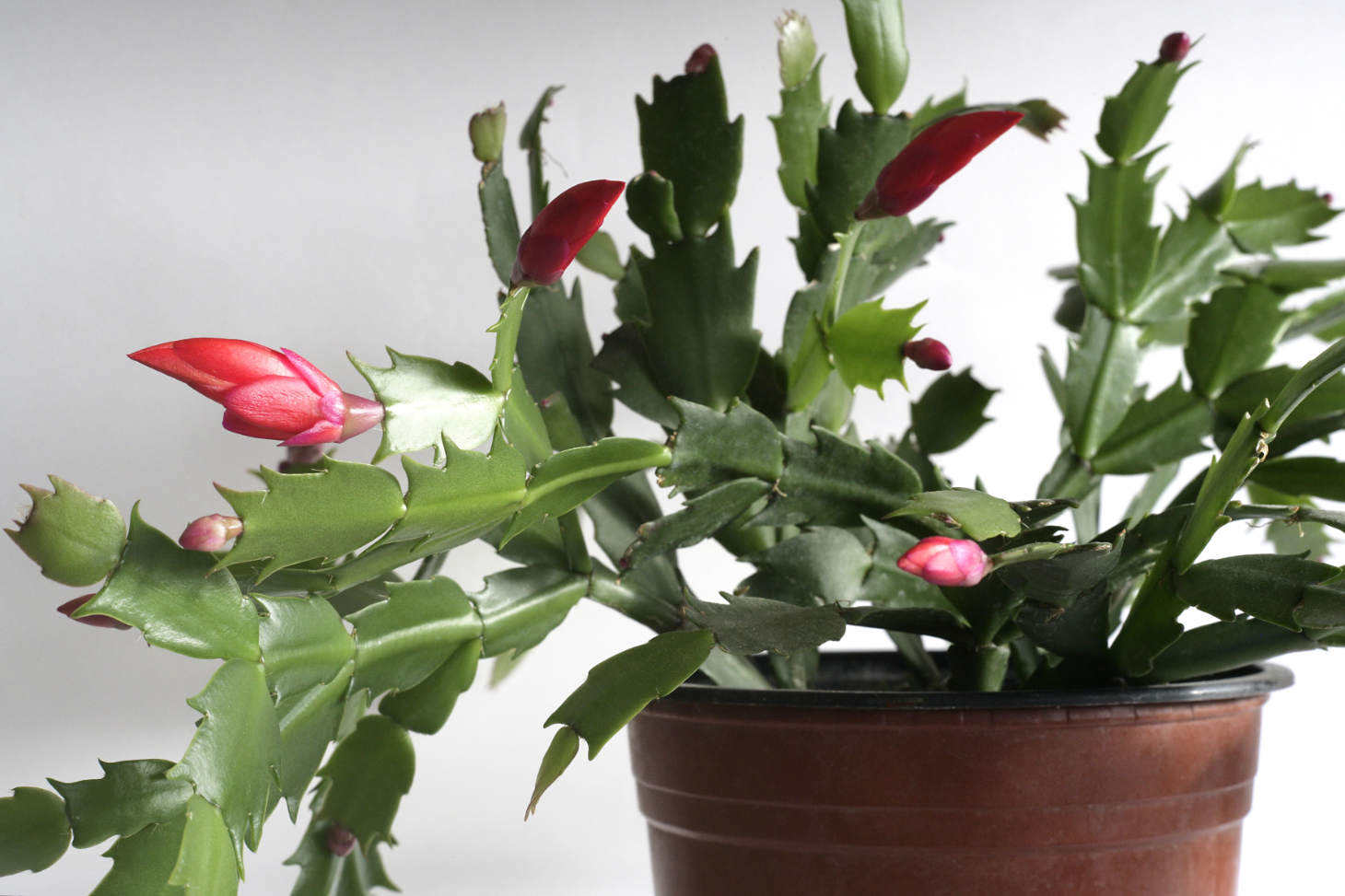
Schlumbergera includes the well-known Christmas cactus and Thanksgiving cactus. These plants, native to Brazilian cloud forests, have flat, segmented stems and bloom in winter.
The Easter cactus (Rhipsalidopsis gaertneri) is closely related and blooms in spring. Each variety has its own flowering season, making them useful for year-round indoor color.
These cacti prefer cooler nights and short days to trigger buds. You should keep the soil slightly moist and avoid letting it dry out completely.
Their bright flowers, pink, red, orange, or white, make them some of the most recognizable epiphytic cacti in homes.
Disocactus, Selenicereus, and Other Notables
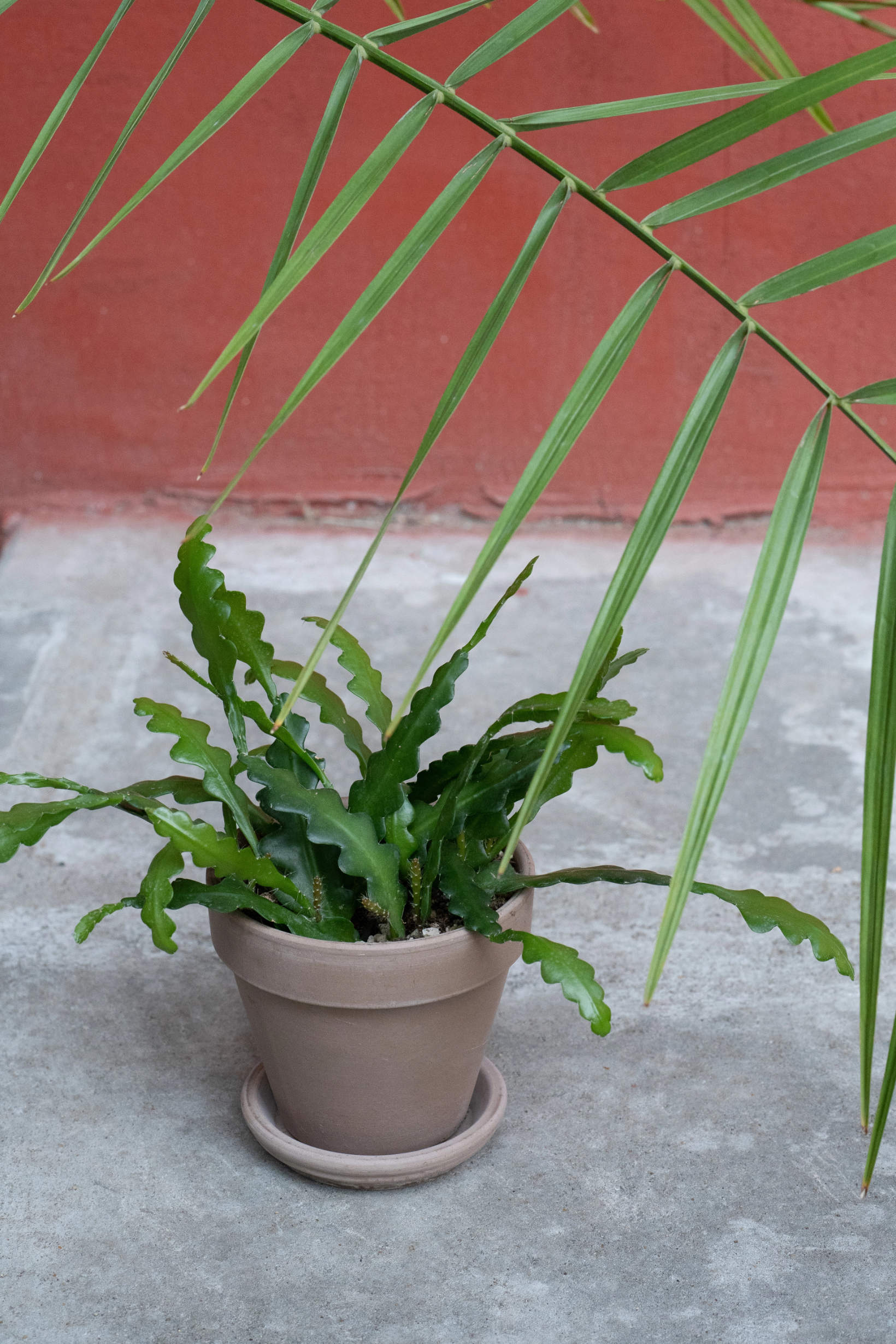
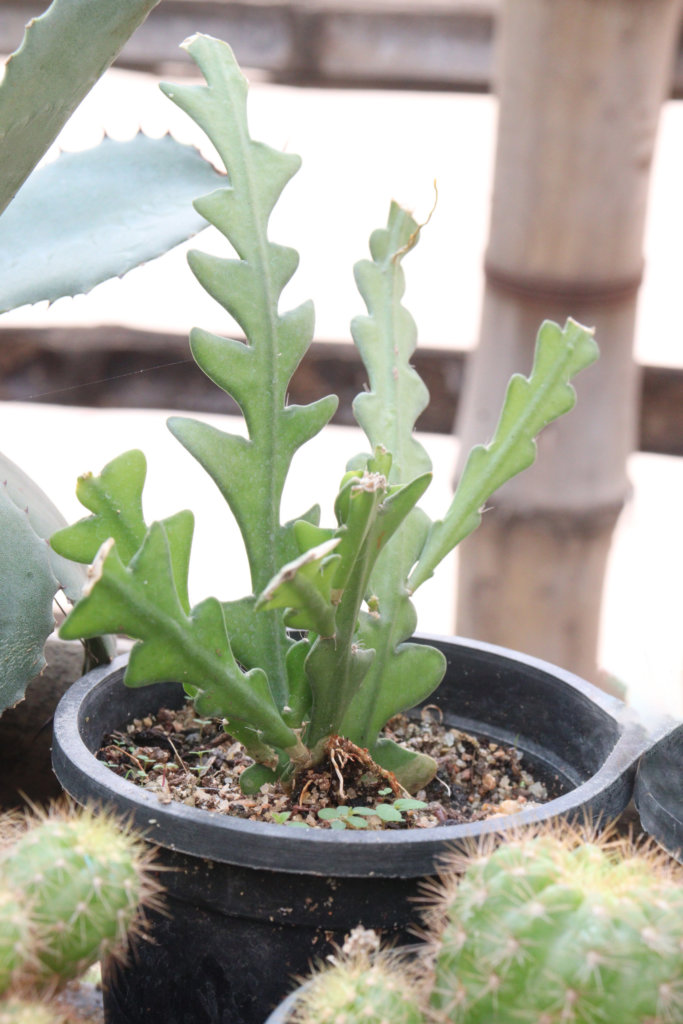
Disocactus and Selenicereus include several species valued for their climbing or trailing stems and large, showy blooms. Selenicereus grandiflorus, often called the “Queen of the Night,” produces large, fragrant white flowers that open for a single night.
Disocactus hybrids often feature colorful flowers and compact forms suited for containers.
Other related genera include Selenicereus (which includes dragon fruit, formerly Hylocereus), and Weberocereus and Lepismium, which have thinner stems adapted for humid forests.
These species prefer similar care, bright but filtered light, good air movement, and slightly acidic, well-draining media. You can train climbing types on supports or let trailing ones hang naturally.
Cultivation and Care as Houseplants
Epiphytic cacti grow best when you mimic their natural forest habitat. They need bright but indirect light, steady moisture without waterlogging, and a loose mix that drains fast but still holds some humidity. With the right care, these succulents thrive indoors and produce healthy, trailing growth.
Light, Water, and Humidity Requirements
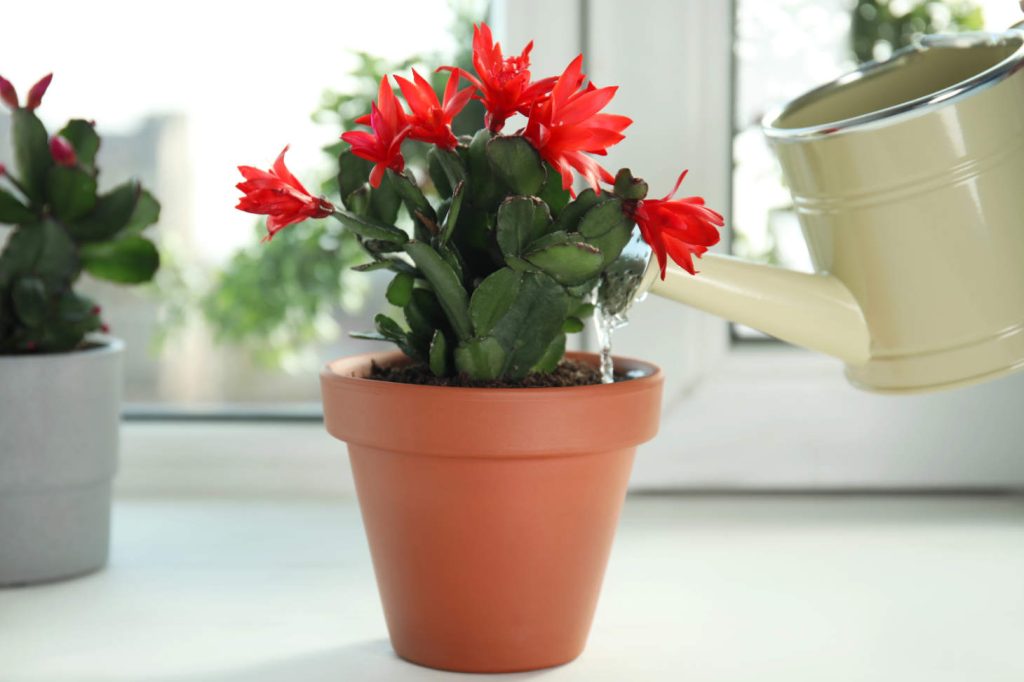
Place your plant in bright, filtered light. East, west, or even a shaded south window is generally suitable. Avoid harsh midday sun, which can scorch stems. If light is too low, growth becomes weak and thin.
Water when the top inch of the mix feels dry. These cacti prefer even moisture but not soggy roots. Empty saucers after watering to prevent rot. During winter, reduce watering as growth slows.
Maintain moderate humidity around 50-60%. In dry homes, place the pot on a pebble tray or use a small humidifier. Avoid misting too often, as excess moisture on stems can lead to fungal issues. Consistent air circulation helps prevent mold and pests.
Soil and Potting Mix Recommendations
Use a well-draining mix that holds some moisture but never stays wet. A good base is:
| Ingredient | Purpose |
|---|---|
| Orchid bark | Provides structure and airflow |
| Perlite or pumice | Improves drainage |
| Peat or coco coir | Retains light moisture |
| Small amount of compost | Adds nutrients |
Combine the main structural ingredients in a ratio appropriate for your plant’s needs and environment (e.g., more bark/perlite for drainage, more coir for moisture).
Choose a pot with drainage holes. Plastic or glazed ceramic helps retain moisture better than clay. Repot every 2-3 years in spring, trimming any dead roots and refreshing the mix. Avoid compacted soil, which can suffocate roots.
Propagation Methods
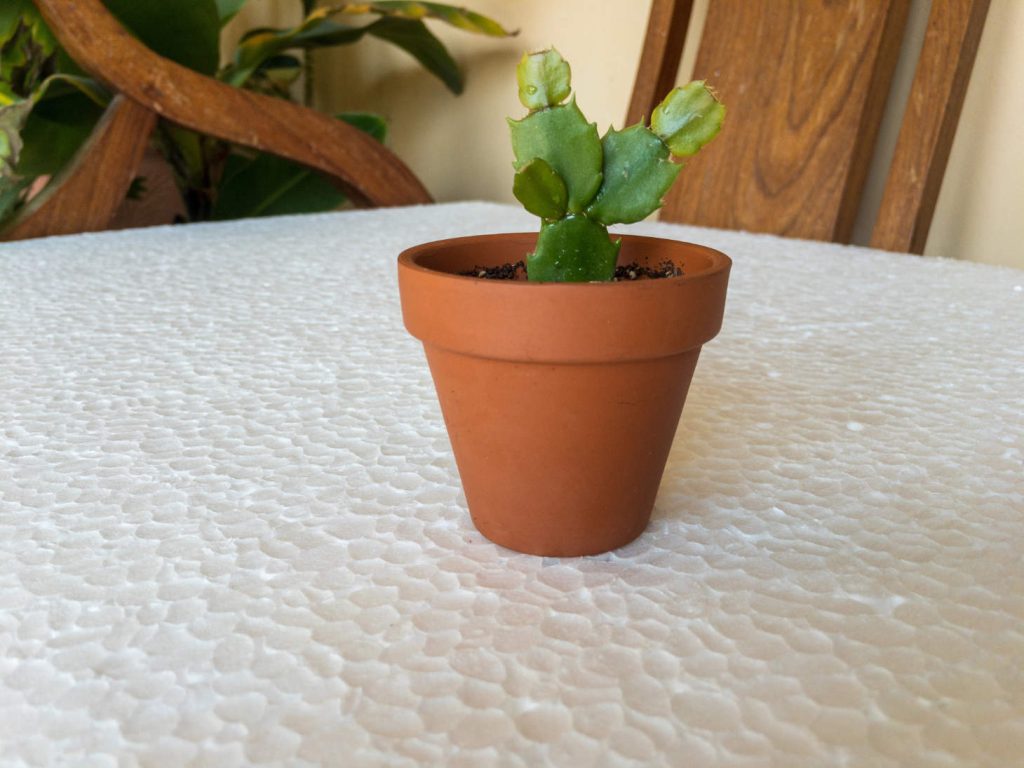
You can easily propagate epiphytic cacti from stem cuttings. Use a clean, sharp knife to cut a healthy segment 3-6 inches long. Let it dry for several days until the cut end forms a callus.
Plant the cutting in a slightly moist, airy mix. Keep it in bright, indirect light and avoid direct sun until roots form. Rooting typically takes several weeks to a couple of months.
Once rooted, transplant to a small pot and resume normal watering. Propagation by seed is possible but slower and less reliable, so most growers prefer cuttings for faster results.
Ecological Importance and Unique Traits
Epiphytic cacti grow on trees and other surfaces rather than in soil, allowing them to occupy spaces that other plants cannot. Their structure and behavior support rainforest biodiversity and sustain important interactions with animals and insects.
Role in Rainforest Ecosystems
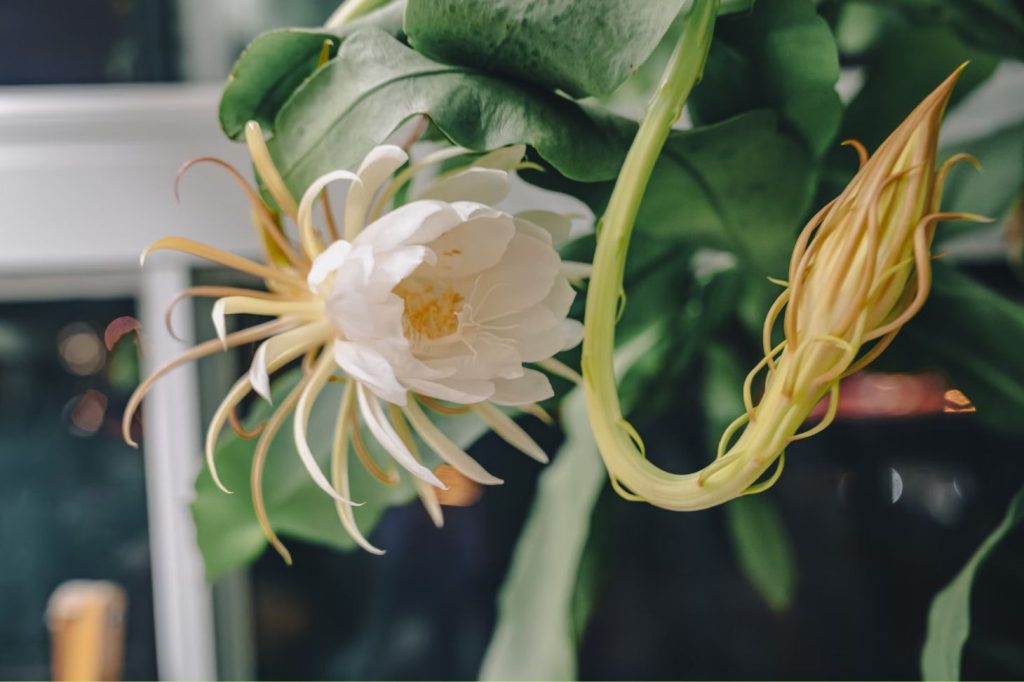
You can find many epiphytic cacti in Central and South American rainforests, where they live high in the canopy. These plants often attach to tree branches without harming their hosts. Their roots absorb moisture and nutrients from rain, leaf litter, and air.
By growing above the forest floor, they create microhabitats that shelter insects, frogs, and small birds. The thick, water-storing stems help maintain humidity around them, which benefits nearby organisms.
Epiphytic cacti also contribute to nutrient cycling. When their old stems or flowers fall, they decompose and add organic matter to the forest floor. This slow return of nutrients helps maintain soil fertility in tropical ecosystems.
Some species, such as Epiphyllum phyllanthus, tolerate drought in the canopy by storing water in their tissues and using crassulacean acid metabolism (CAM) to reduce water loss. These traits allow them to survive in the variable moisture conditions of the upper forest layers.
Flowering and Pollination Strategies
Epiphytic cacti produce large, often fragrant flowers that attract specific pollinators. Many open at night to draw bats and moths, which can navigate the dense canopy in low light. Others bloom during the day to attract bees or hummingbirds.
Their flowers usually appear along the stems or joints, giving pollinators easy access. The blooms are often short-lived but highly efficient, ensuring successful pollination within hours.
Some species, like Epiphyllum oxypetalum, rely on strong scents to signal pollinators from long distances. After pollination, the plants produce fleshy fruits that feed birds and small mammals, helping spread their seeds to new host trees.
These strategies ensure that epiphytic cacti maintain their populations while supporting the broader rainforest food web.

